Thomson, The Tent, 1915
We do not dislike everything that shines, but we do prefer a pensive luster to a shallow brilliance, a murky light that, whether in a stone or an artifact, bespeaks a sheen of antiquity.
Of course this “sheen of antiquity” of which we hear so much is in fact the glow of grime. In both Chinese and Japanese the words denoting this glow describe a polish that comes of being touched over and over again, a sheen produced by the oils that naturally permeate an object over long years of handling—which is to say grime. If indeed “elegance is frigid,” it can as well be described as filthy. There is no denying, at any rate, that among the elements of the elegance in which we take such delight is a measure of the unclean, the unsanitary. I suppose I shall sound terribly defensive if I say that Westerners attempt to expose every speck of grime and eradicate it, while we Orientals carefully preserve and even idealize it. Yet for better or for worse we do love things that bear the marks of grime, soot, and weather, and we love the colors and the sheen that call to mind the past that made them. Living in these old houses among these old objects is in some mysterious way a source of peace and repose.
Jun'ichirō Tanizaki, from In Praise of Shadows






















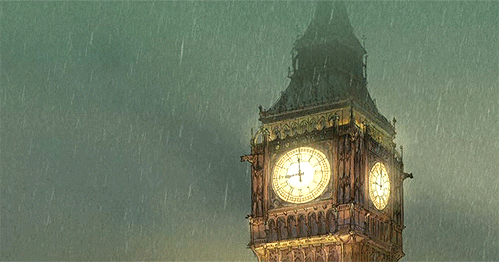




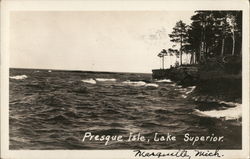


















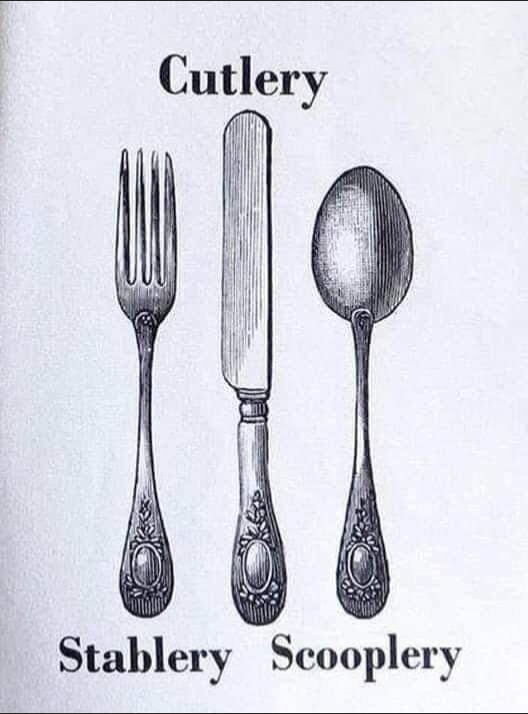
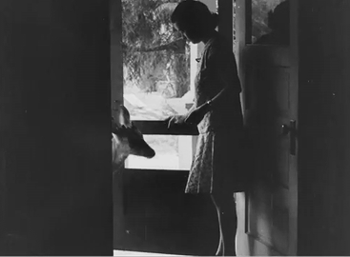















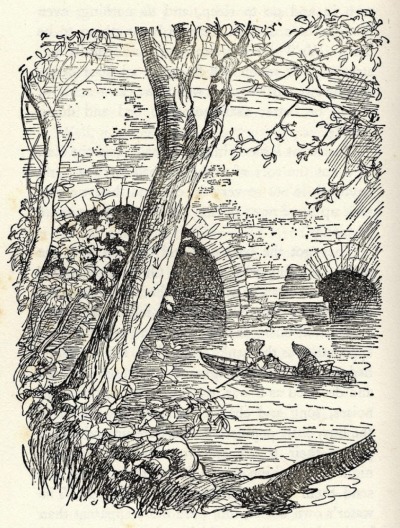





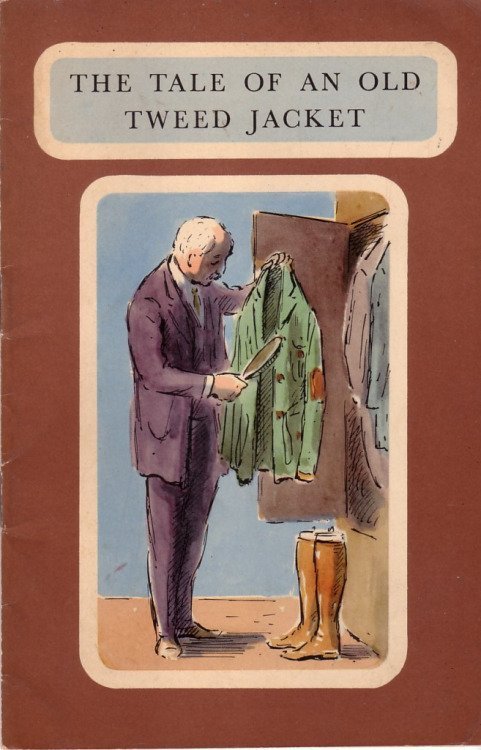










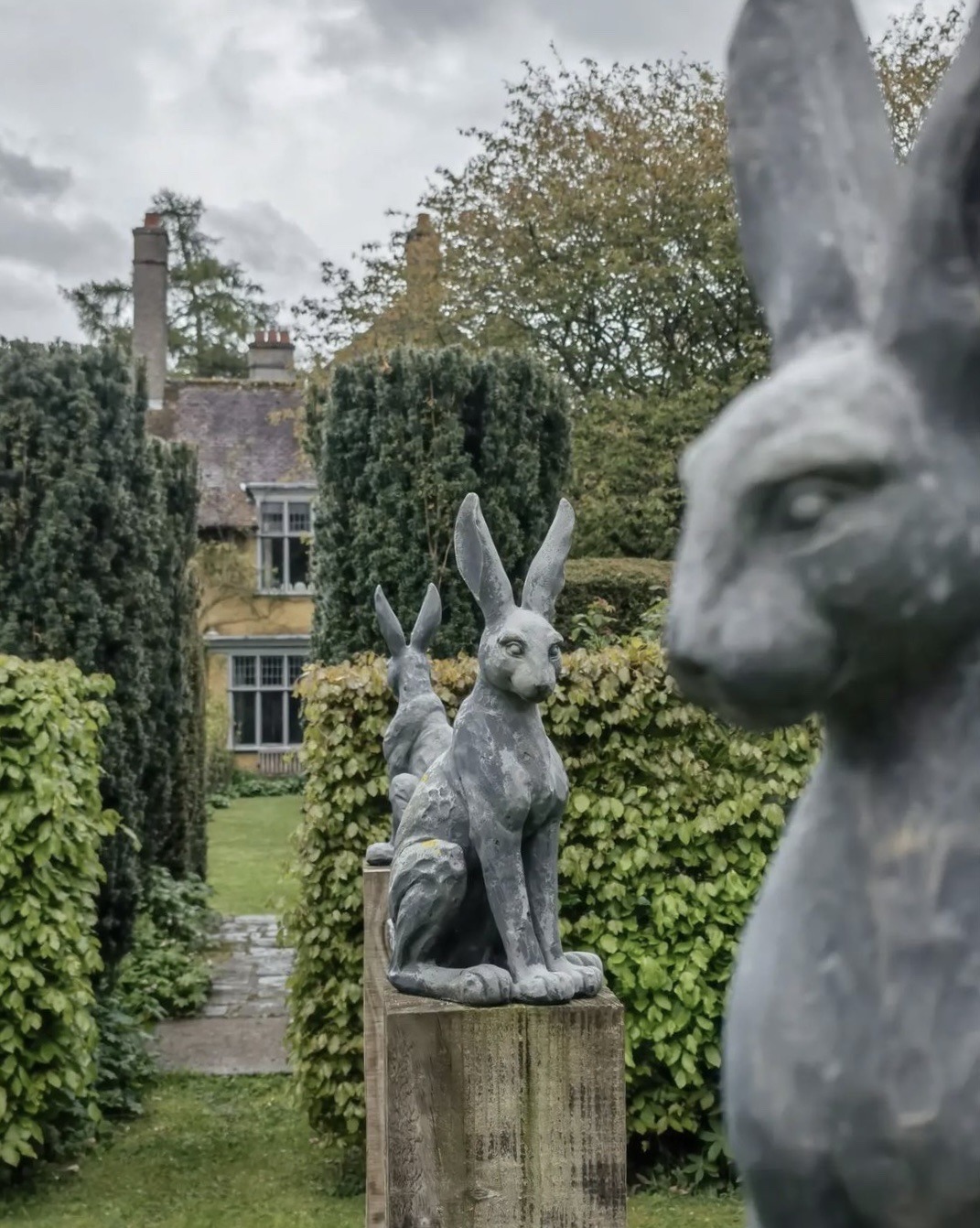
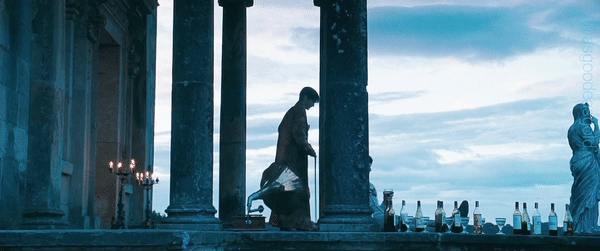
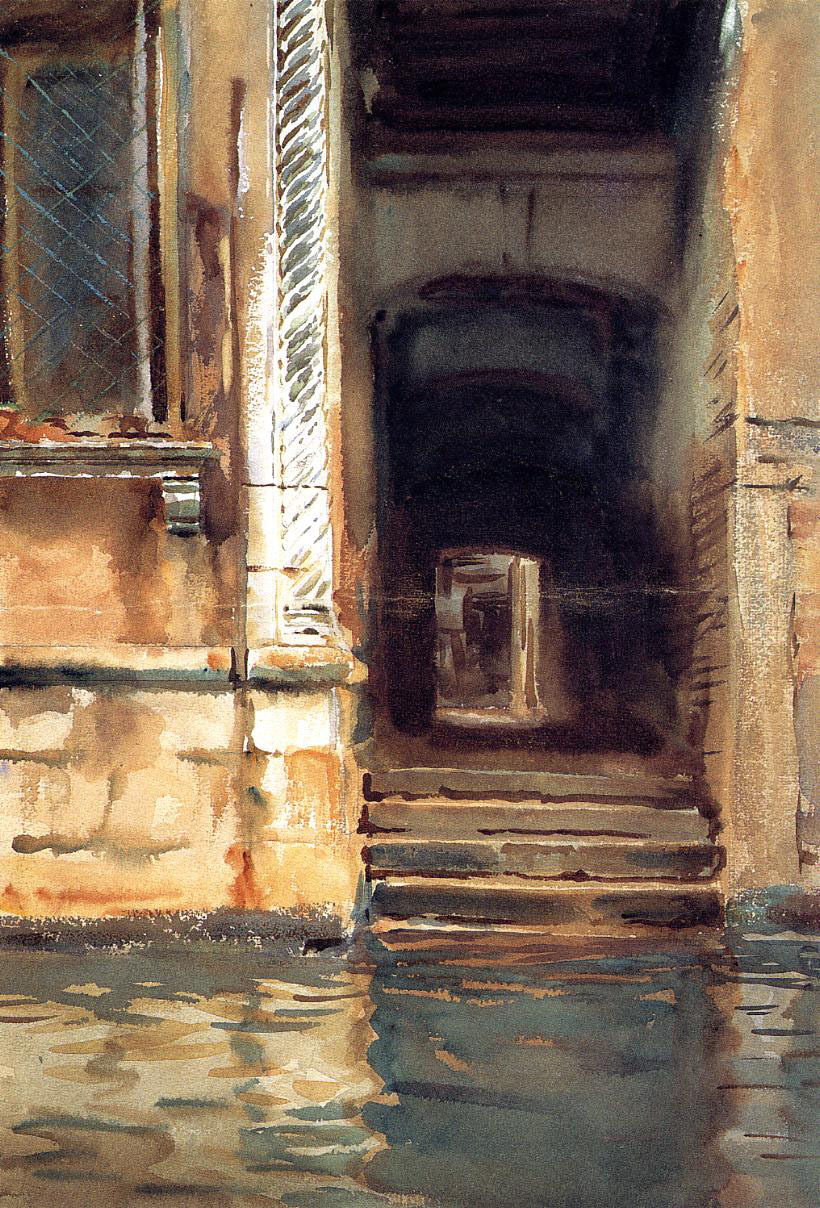










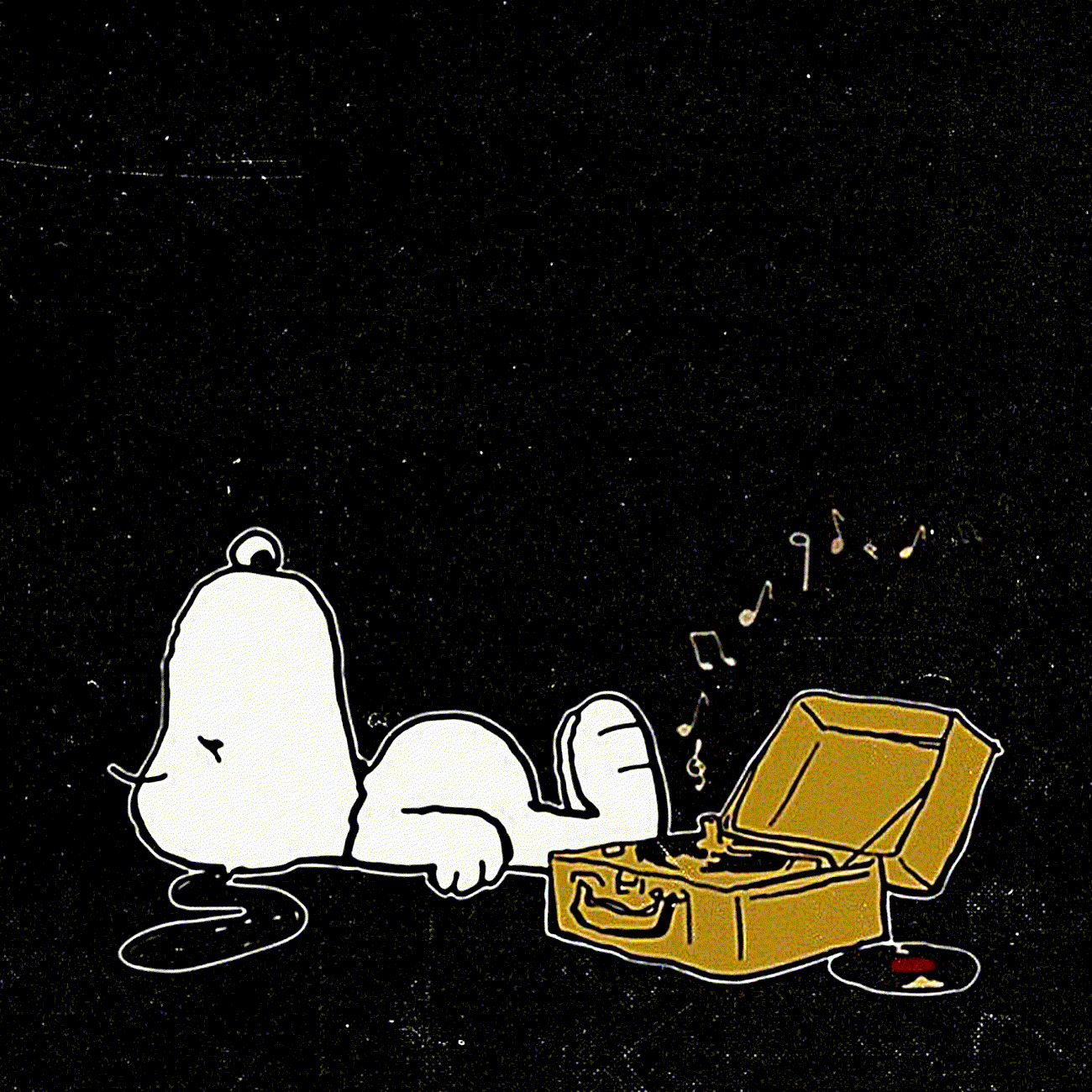

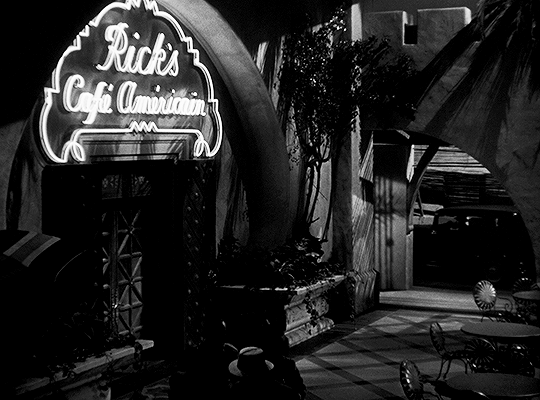





















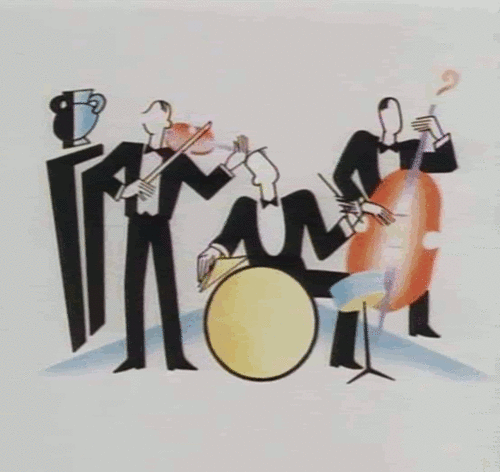









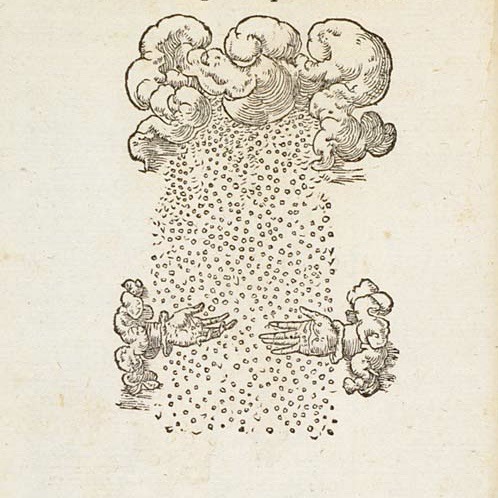


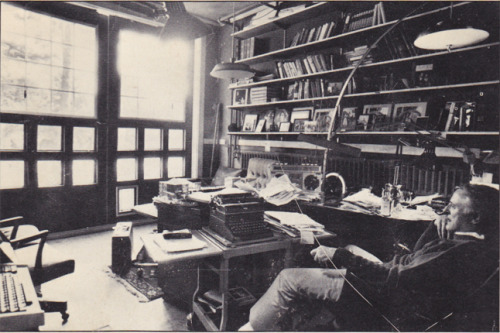













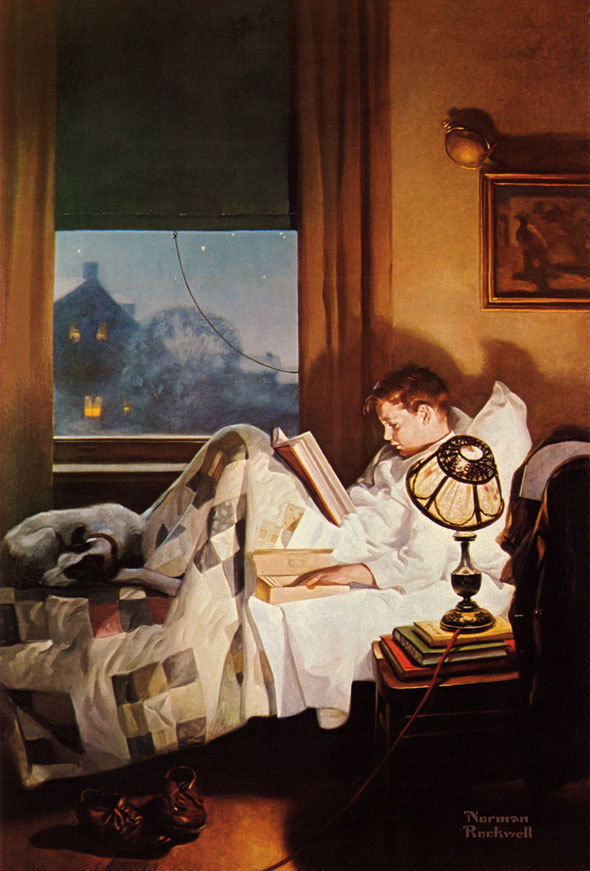

























No comments:
Post a Comment